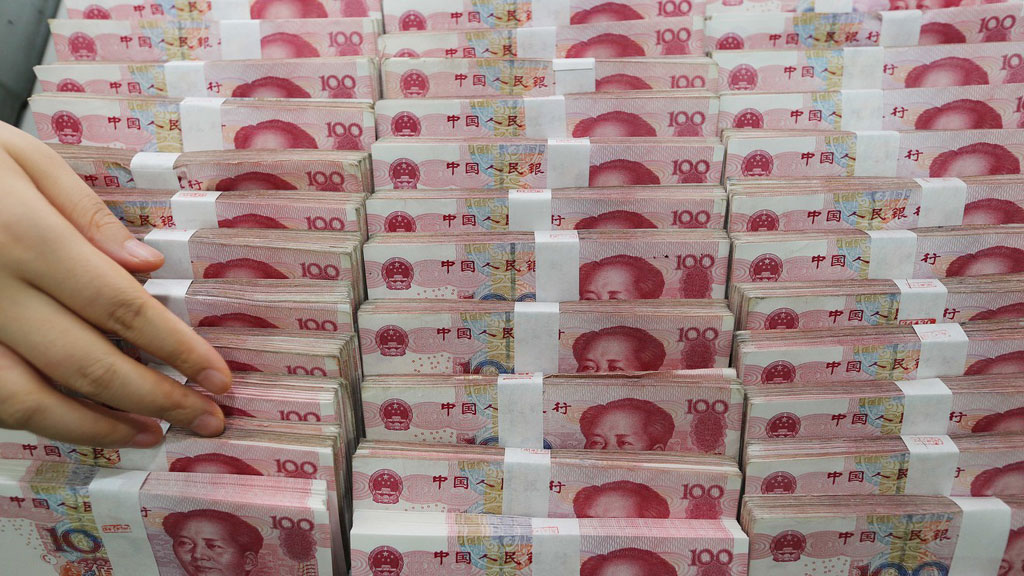 Asian currencies rose on Monday after the United States and China signalled progress in their trade negotiations, which lifted investor sentiment and prompted a hunt for risk assets such as emerging market pairs.
Asian currencies rose on Monday after the United States and China signalled progress in their trade negotiations, which lifted investor sentiment and prompted a hunt for risk assets such as emerging market pairs.
The improved mood supported currencies of trade-reliant economies, specifically the Taiwan dollar and the South Korean won, which led regional gains.
US President Donald Trump on Friday outlined the first phase of a deal to end a trade war with China and suspended a threatened tariff hike on $250 billion in Chinese imports that was set to take effect from Tuesday. However, he did not revoke any of the existing tariffs on Chinese goods.
According to Trump, the phase-1 trade deal would cover agriculture, currency and some aspects of intellectual property protections.
Most Asian currencies have been severely hit since the onset of the trade war between the world's two biggest economies last year, as higher US tariffs on Chinese goods slowed the regional economies as a whole, with many countries playing a major part of the supply chain to China's exports.
"The partial deal between US and China should temporarily boost sentiment, remove some of the depreciation pressure on CNH and provide relative support for Asia ex-Japan currencies, including the South Korean won and Taiwan dollar," said Saktiandi Supaat, head of FX research at Maybank in a note. "The actual signing of the agreement is still four to five weeks away and past experience suggests there is still room for disappointment."
The Taiwan dollar and the South Korean won led the regional currencies, each rising more than 0.5% against the greenback.
The Taiwan dollar, in fact, touched a more than one-year high of 30.61 to the dollar.
China's yuan, also jumped to a two-month high against the dollar despite its recent trade data showed slowing exports and imports, pointing to a further weakness in the economy.
The Indian rupee and the Philippine peso also gained over 0.25% each on Monday.
The Singapore dollar gained 0.28% against the dollar on Monday.
The Sino-US trade optimism boosted the export reliant nation's currency, despite data showing its economy grew less than expected in the third quarter on an annualised basis.
However, the economy avoided slipping into a technical recession, preliminary data showed on Monday.
In a statement, the Monetary Authority of Singapore (MAS) said it would lower slightly the slope of the Singapore dollar's policy band, while the width and centre of the band would not be changed.





















Comments
Comments are closed.